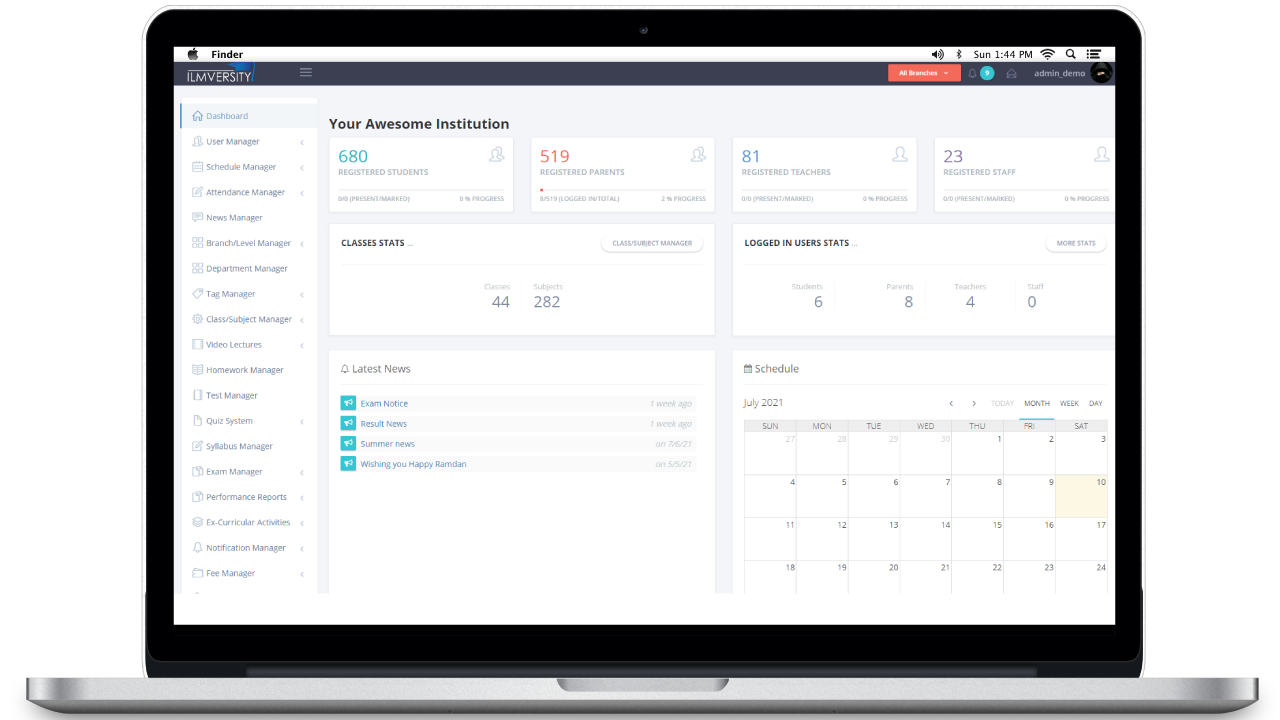The implementation of a learning management system (LMS) successfully is the first and foremost step that will be the start of a journey in order to learn and develop efficiently from it. Any organization can get maximum output from LMS by developing different strategies interconnecting this platform with different other processes in order to achieve its goals.
One can leverage the LMS and can turn it into a powerful tool with the help of following strategies:
1- Establish Control
To establish the governance and control of your LMS is not very easy. An organization requires a concerned person or a proper team for implementation of an LMS and after implementation overseeing its connection with other processes. The respective person or team should possess the appropriate set of skills to efficiently operate the learning management platforms. The time to time reviewing, proper updating and connecting to different processes is required. Sometimes, for assistance third party vendors are also available.
2- Evaluation of LMS
The regular analytical evaluation of the LMS is very important in order to check either it is matching needs successfully or not, either it is delivering the right learning material or not, either its learning tools are optimal for new hires or not and above all to get proper feedbacks about the performance is very important in order to fulfill the requirements.
3- Interconnect learning with performance
A separation platform for learning and a separate platform to check the performance of employees or students while having an LMS. One can integrate the LMS to processes to make a single workflow connecting learning experiences with workplace performance i.e. duties, services, responsibilities, developments, strength and weaknesses.

4- Create a Business Environment
With the training and learning experience one should make such an environment which will be reflecting its culture, core and values. This atmosphere can help the new hires to properly and easily fit in and the LMS can help them in better understanding of their responsibilities, acquiring new certifications and taking ownership of professional journey.
5- Set the Goals and get the Results
Setting the business goals help in measuring the impact of LMS. LMS should be aligned with the required business goals. E-learning programs should be according to the target set and the tracking of the progress on the way towards goals is very important. This will help in rapid progress such to take necessary measure (like to improve quality, consistent service providing, ensuring safety, etc.) whenever required.
We at Ilmversity not only help with LMS implementation but also to establish a strategy to place your LMS at the core of your business culture and use this tool to achieve business goals.

commande kamagra en ligne
generique kamagra pharmacie acheter cher
how to order enclomiphene australia discount
buy enclomiphene generic in us
buy cheap androxal cheap fast shipping
how to order androxal usa suppliers
cheap dutasteride cheap info
buy dutasteride canada shipping
buy flexeril cyclobenzaprine online uk
buy cheap flexeril cyclobenzaprine uk in store
how to order gabapentin canada with no prescription
purchase gabapentin uk no prescription
buying fildena cost uk
get fildena cheap no prescription
hwat ise the price of itraconazole
cheapest buy itraconazole australia online no prescription
best staxyn prices online
buy staxyn buy online canada
online prescription for avodart
how to order avodart purchase line
rifaximin with no perscription and delivered over night
ordering rifaximin generic version
get xifaxan generic united states
ordering xifaxan without prescriptions canada
se necesita receta medica para comprar kamagra
bez předpisu kamagra kanada